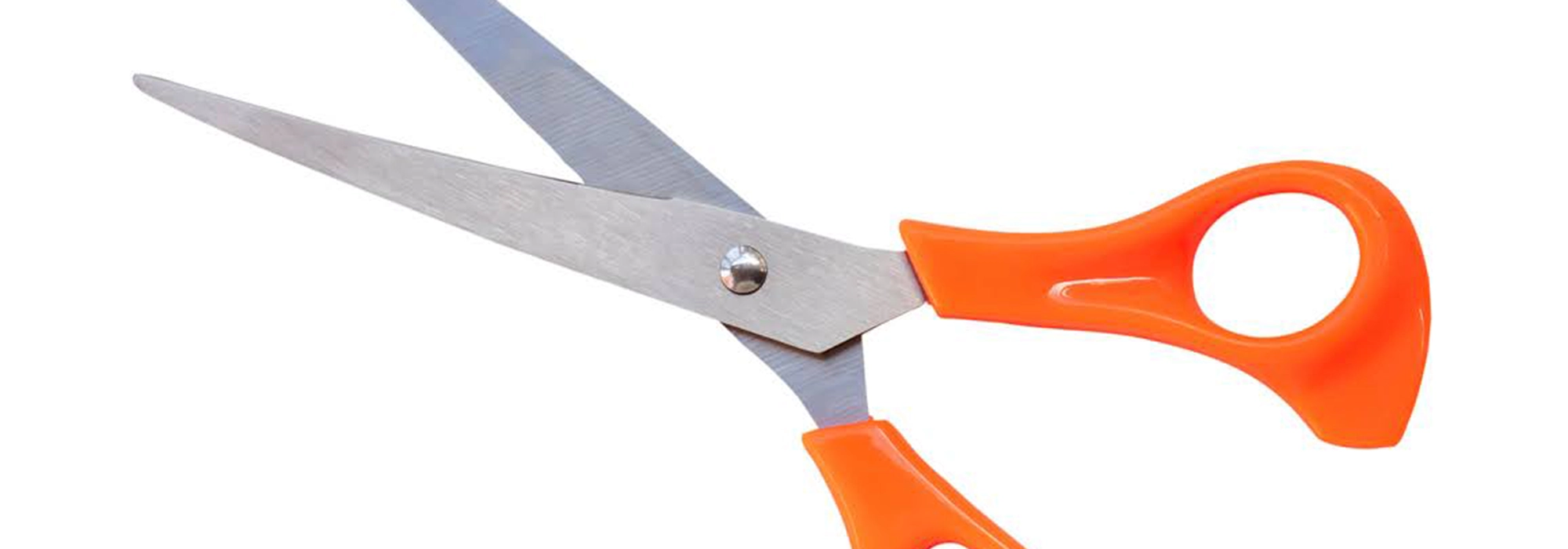Geometry is a fascinating subject that allows us to explore the intricacies of shapes, angles, and their relationships. One important concept in geometry is a linear pair. In this blog post, we will delve into the world of linear pairs, understand their properties, explore real-life applications, and even practice our knowledge with interactive quizzes and practice problems. So, high school students, get ready to enhance your geometry skills and dive into the world of calculating linear pairs!
Introduction
Let’s begin by understanding what exactly a linear pair is in geometry. A linear pair is made up of two adjacent angles, formed when two lines intersect. These angles are always supplementary, meaning their measures add up to 180 degrees. Understanding linear pairs is essential as they play a crucial role in various geometric calculations and real-world applications.
Understanding Linear Pairs
To grasp the concept of linear pairs, we need to define their properties and understand how to solve equations involving them.
- Defining Linear Pairs: A linear pair is formed by two angles that share a common vertex and a common side but have different rays. Visualizing the formation of linear pairs helps us recognize and work with them effectively.
- Solving Linear Pair Equations: Linear pair equations involve finding the measures of the individual angles within a linear pair. We will explore techniques to solve these equations and determine the measure of each angle.
Applications in Geometry
Linear pairs have practical applications in various geometric calculations. Here are a few ways they come into play:
- Finding Missing Angles: By recognizing linear pairs, we can determine the measures of unknown angles in geometric figures. This skill proves handy when solving complex problems involving triangles, quadrilaterals, and other polygons.
- Identifying Linear Pairs in Geometric Figures: Geometric figures often contain multiple angles, and identifying linear pairs helps us identify relationships between these angles. This knowledge aids in proving theorems and making deductions about the properties of geometric shapes.
Real-World Examples
Linear pairs are not just limited to the realm of geometry. They can be observed in everyday life as well. Here are a few examples:
- Open Books: When you open a book wide, the pages form a linear pair.
- Corners and Intersections: Street corners, where two roads meet at an angle, often form linear pairs.
- Open Scissors: The two blades of an open pair of scissors form a linear pair.
By recognizing linear pairs in real-world scenarios, we can develop a better understanding of their significance and application beyond the classroom.
Practice Problems
Below, you’ll find a brief quiz designed to test your understanding of linear pairs. Choose the correct answer from the options provided and then check your answers below.
Question 1
When two angles form a linear pair, they are:
A. Complementary
B. Supplementary
C. Vertical
D. None of the above
Question 2
How many degrees do the angles in a linear pair add up to?
A. 90 degrees
B. 180 degrees
C. 360 degrees
D. None of the above
Question 3
Which of the following is NOT a real-world example of a linear pair?
A. The open pages of a book
B. A pair of open scissors
C. The hands of a clock at 12:00
D. The corners of a square
Answers
Answer 1: B. Supplementary
Rationale: A linear pair consists of two adjacent angles whose non-common sides are opposite rays. These angles add up to 180 degrees, making them supplementary.
Answer 2: B. 180 degrees
Rationale: By the definition of linear pairs, the two angles add up to 180 degrees because they are supplementary.
Answer 3: D. The corners of a square
Rationale: The corners of a square form right angles at 90 degrees each and are not examples of linear pairs. Conversely, the other options provided do illustrate situations where two angles form a linear pair.
Conclusion
In conclusion, understanding linear pairs is crucial for success in geometry. By grasping their properties and applying them to solve problems, you’ll enhance your geometric reasoning and problem-solving skills. Remember, linear pairs not only exist within the lines and angles of geometric figures but also have real-world applications that we encounter every day. So, keep exploring, practicing, and embracing the beauty of linear pairs as you continue your journey into the fascinating world of geometry.




